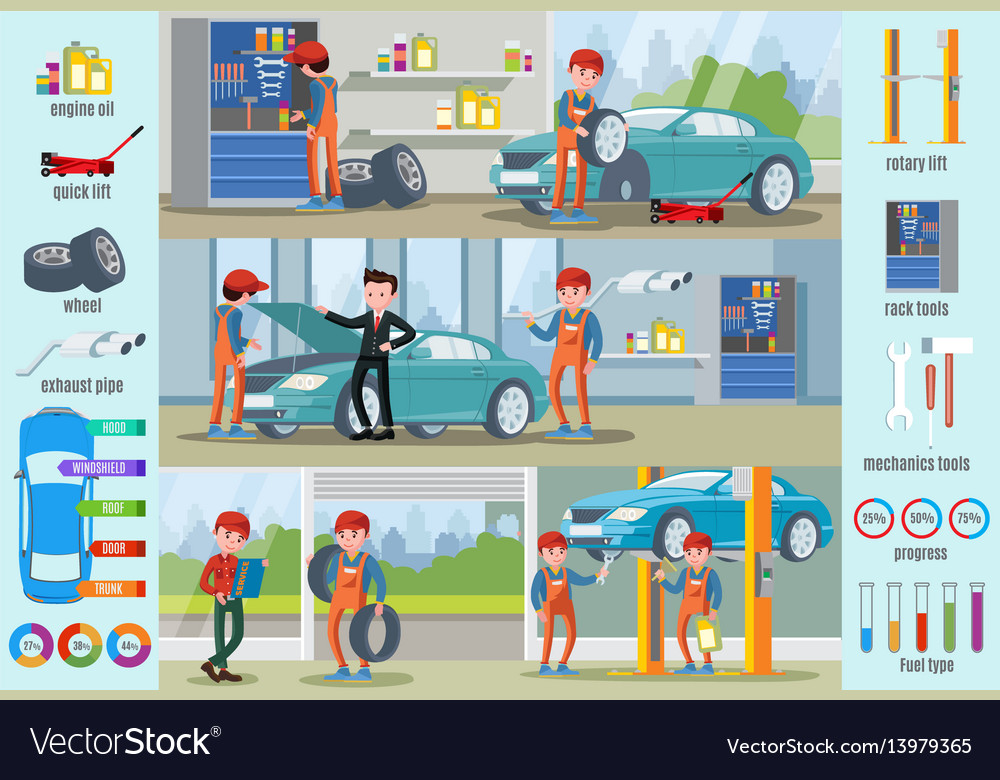Grasping The Significance Of Your Automobile'S Warning Signals: What They Really Stand For
Grasping The Significance Of Your Automobile'S Warning Signals: What They Really Stand For
Blog Article
Created By-Faulkner Stark
When you're behind the wheel, those radiant warning lights on your control panel can be a bit bewildering. Do you recognize what they're trying to tell you concerning your vehicle's health and wellness? Understanding the significance of these lights is essential for your security and the durability of your car. So, the following time one of those lights pops up, wouldn't you wish to understand its message accurately and take the necessary steps to address it?
Common Warning Lighting and Interpretations
Identify usual caution lights in your cars and truck and comprehend their definitions to make sure secure driving.
One of the most common warning lights include the check engine light, which indicates issues with the engine or emissions system. If this light comes on, it's important to have your vehicle inspected quickly.
The oil stress advising light shows reduced oil pressure, requiring instant focus to avoid engine damages.
A flashing battery light might recommend a faulty billing system, potentially leaving you stranded otherwise dealt with.
The tire pressure surveillance system (TPMS) light signals you to low tire pressure, affecting vehicle security and fuel performance. Disregarding this might lead to dangerous driving conditions.
The abdominal light shows a trouble with the anti-lock braking system, compromising your capability to quit rapidly in emergency situations.
Lastly, the coolant temperature advising light warns of engine getting too hot, which can cause severe damage otherwise fixed promptly.
Recognizing these common caution lights will certainly aid you resolve concerns immediately and maintain secure driving conditions.
Significance of Prompt Attention
Understanding the typical warning lights in your vehicle is only the primary step; the importance of without delay dealing with these warnings can not be stressed sufficient to ensure your security when driving.
When a caution light brightens on your dashboard, it's your auto's method of communicating a prospective issue that requires focus. Overlooking these cautions can result in extra severe issues later on, endangering your safety and potentially costing you more out of commission.
Prompt focus to cautioning lights can avoid breakdowns and accidents. For instance, a flashing check engine light might show a misfire that, if left ignored, can create damages to the catalytic converter. Addressing this without delay can save you from a costly repair.
In a similar way, a brake system warning light could signal reduced brake fluid or worn brake pads, critical parts for your safety and security when driving.
DIY Troubleshooting Tips
If you notice a warning light on your dashboard, there are a few do it yourself fixing tips you can try before looking for expert help.
The first step is to consult your cars and truck's guidebook to comprehend what the details warning light shows. Occasionally the issue can be as straightforward as a loosened gas cap setting off the check engine light. Tightening detailer might fix the issue.
navigate to this site is a low battery, which can set off different advising lights. Inspecting the battery links for corrosion and ensuring they're secure might fix the problem.
If a warning light continues, you can attempt resetting it by separating the vehicle's battery for a couple of minutes and afterwards reconnecting it. Furthermore, checking your vehicle's fluid degrees, such as oil, coolant, and brake fluid, can help repair advising lights connected to these systems.
Conclusion
Finally, recognizing your cars and truck's warning lights is necessary for keeping your automobile running efficiently and safely. By quickly dealing with these notifies and knowing what they indicate, you can stay clear of expensive repair work and possible breakdowns.
Keep in mind to consult your auto's guidebook for specific details on each warning light and do something about it appropriately to make sure a trouble-free driving experience.
Stay notified, stay secure when traveling!
